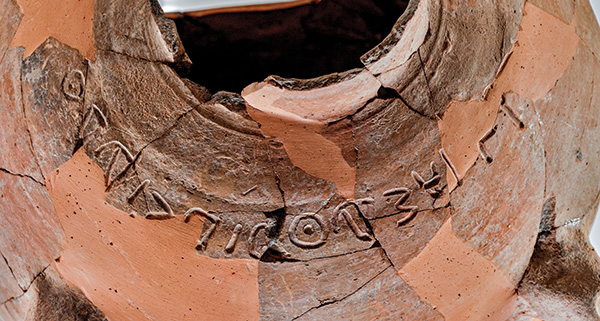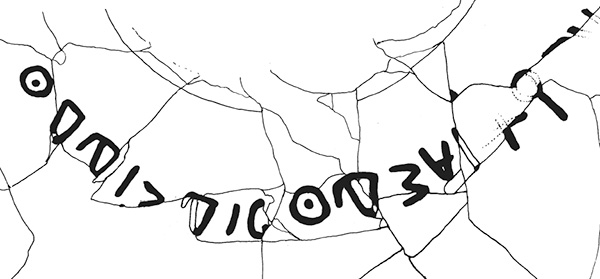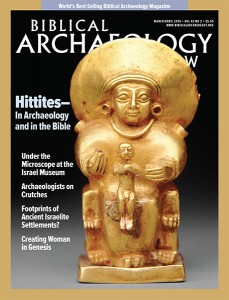
Was the proper name Eshbaal—man of Ba’al—banned in Judah after King David’s time? A recent analysis suggests that it was.
Ba’al, meaning lord or master, was a common divine appellative in Canaan and neighboring areas during Biblical periods, most frequently referring to the storm god.
Very recently an inscription was uncovered at Khirbet Qeiyafa—a site already famous for a late 11th–10th-century B.C.E. inscription—about 20 miles southwest of Jerusalem. According to excavator Yosef Garfinkel of Hebrew University, the site is probably an imposing fortress erected by King David facing the Philistines. The dim five-line inscription in ink on a piece of pottery found there has been widely discussed and variously interpreted—with some claiming it as one of the oldest Hebrew texts ever found.a


Very recently two additional inscriptions—far less known—have been recovered at Qeiyafa. Only one has been deciphered so far. A team of scholars is continuing to work on the other one.
Already a library member? Log in here.
Institution user? Log in with your IP address.

